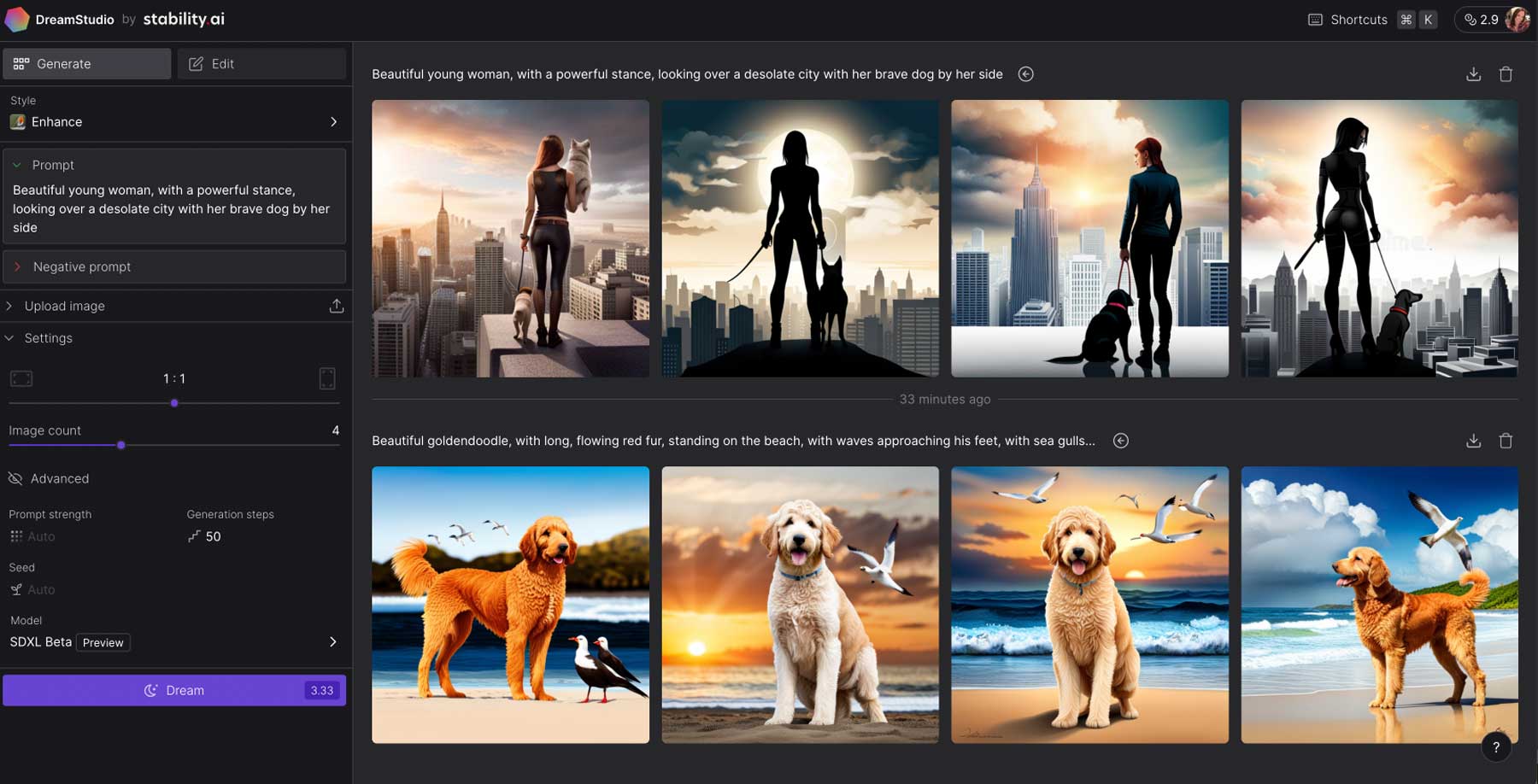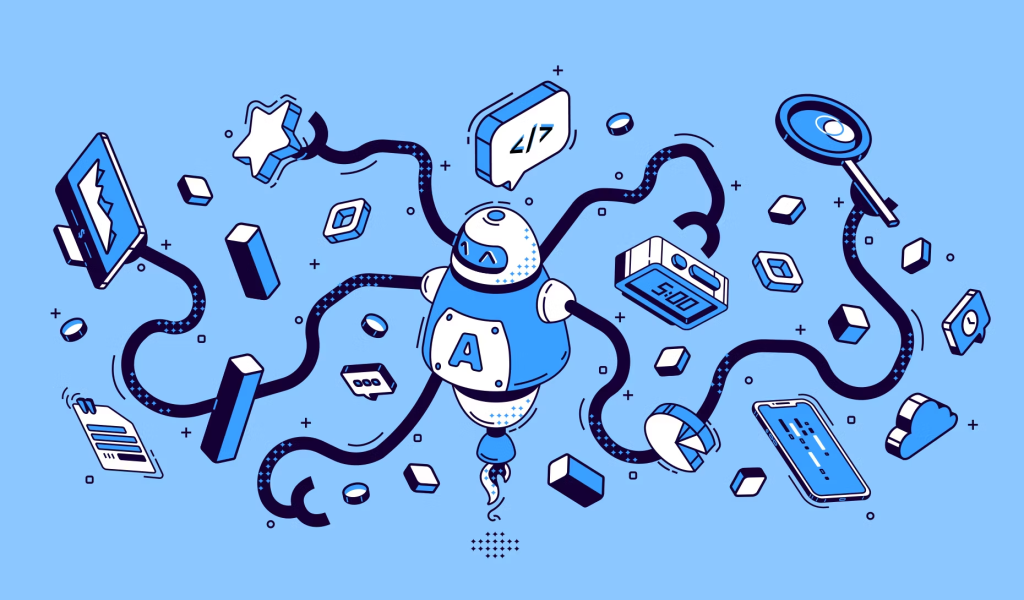In the ever-evolving landscape of the digital age, the symbiotic relationship between humans and technology has ushered in a paradigm shift in design processes. Beyond merely providing tools and software for user learning, the digital realm has birthed a novel dynamic where the software itself learns from user behaviour, autonomously generating design plans. The concept of design, once primarily a human process, is now flirting with the prospect of complete AI generation, sparking profound discussions on design thinking and the future of design education.
This transformative shift challenges conventional notions, presenting a dichotomy between the potential for AI to independently craft designs and the enduring value of human intervention. The question arises: can AI truly supersede human creativity and intuition in the realm of design? While the trajectory hints at a future where AI may play a more dominant role, the belief persists that we are still some distance away from a complete takeover of jobs and artistic pursuits by artificial intelligence. The essence of unique creativity, the nuanced touch that emanates from human intuition, remains a critical element that current AI and software frameworks struggle to replicate. As we delve into this dialogue, the intersection of technology and creativity unfolds, inviting contemplation on the delicate balance between human ingenuity and the potential autonomy of artificial intelligence in shaping the future of design.
The current digital age however has provided a great learning and creative platform to all its young and old users. While traditionalists may still rely on hand made sketching, painstakingly drawing and charting out design boards. The advent of various virtual moodboards, 3D modelling techniques, CAD software and additional designing softwares and online platforms have made it easier for designers and illustrators to work on the subject. Generative AI, which uses the understanding of machine learning and Artificial Intelligence has the power to transform how we look at creativity within design education. Design education now must involving teaching these softwares and tools to all budding designers. Generative AI has the potential to free students from the limitations of creative constraints, empowering them to enhance their efficiency and accelerate the design process. These tools pledge to enable swift experimentation and iteration, challenging conventional thinking and introducing a period of unprecedented innovation. Generative AI presents a great opportunity for design educators. By incorporating AI-assisted design project management and automated data analysis in studios, it has the potential to alleviate administrative burdens. This transition enables professors to dedicate more time to fostering creative thinking and innovation among students.

While learning about our traditional and cultural roots within design education is necessary, we must understand our culture and heritage to know how and where design came from in the Indian diaspora. However, learning about design through various digital tools feciltates great learning, leads to consistency. These digital tools, Artificial intelligence also has the power to provide constructive feedback to the designers on how to improve upon their design.
In the Google People + AI research Symposium in Massachusetts, Interaction designer and Carnegie Mellon professor John Zimmerman highlighted a significant gap between AI and UX when designers overlook opportunities for integrating machine learning to enhance value. The evolution of design education demands the integration of machine learning courses to bridge this divide. Collaborative initiatives may involve pairing design students with their counterparts in data science, providing valuable exposure to model creation and problem-solving within the realm of machine learning. The concept of learnable design is poised to elevate itself through the intersection of prediction models and design, fostering a new era of interdisciplinary research.

Involving the use of AI and teaching of modern softwares to aspiring designers shall empower them to be well-versed with advanced toolkits. The designers would also learn about relying more on certain algorithms and understand those better for good results. They will be able make accurate guesses about how their designs will do and what kind of outcomes it will incur. As design adapts to the changing landscape of the digital era, the designer’s role expands to tasks such as gathering user data, interpreting and analysing behaviour, constructing models, implementing probabilistic adaptive design, and assessing the learnability of the design.
The foundation of design education lies in fostering creativity, cultivating critical thinking, and instilling a commitment to ethical considerations. While AI provides indispensable tools, without the intervention of human intellect one should, it won’t be imparted completely. This shall ensure that design retains its intrinsic human and ethical character, all the while looking ahead at the future of endless possibilities.
Feature Image Courtesy: 99designs
Looking at 11 Influential Architectural Magazines Across the Globe






